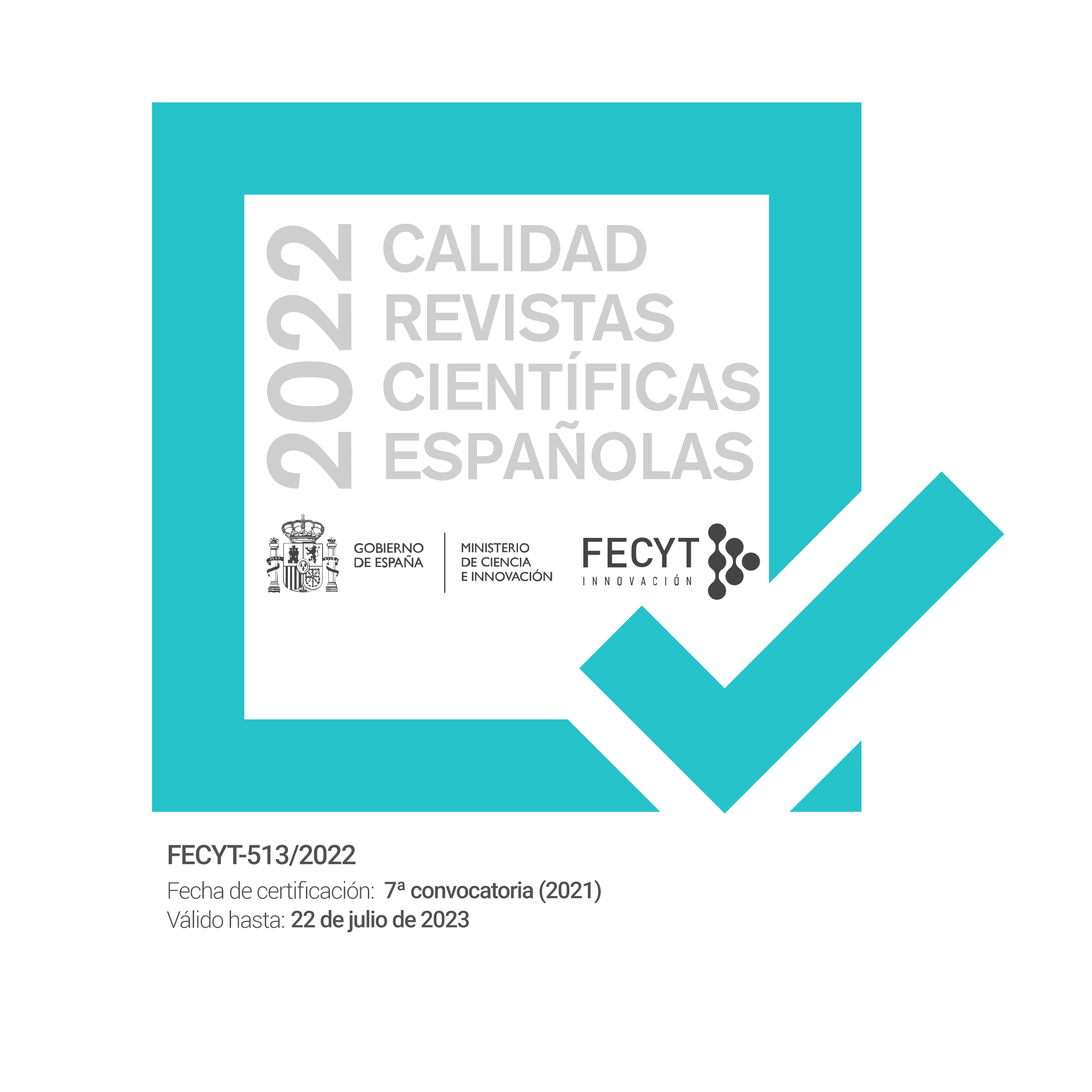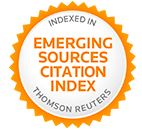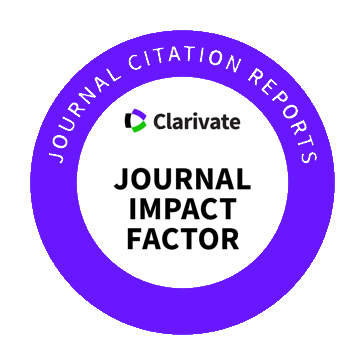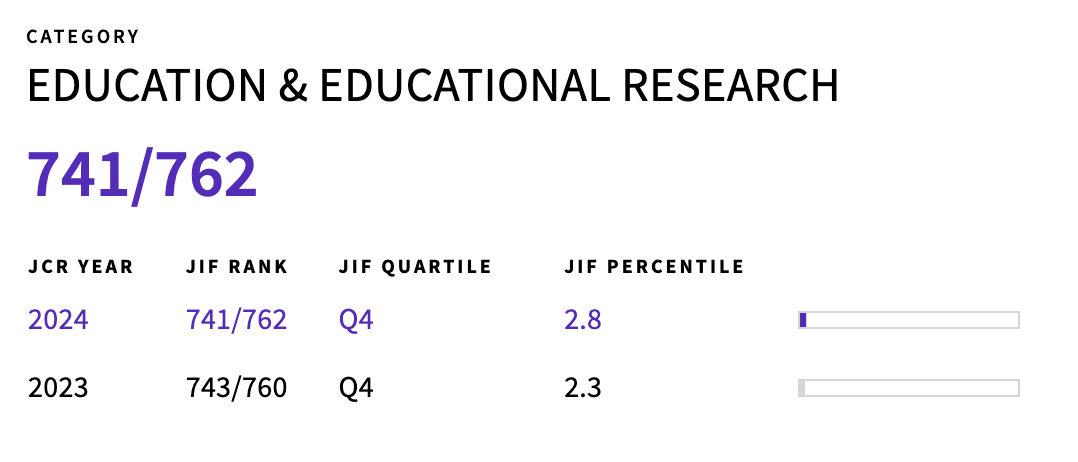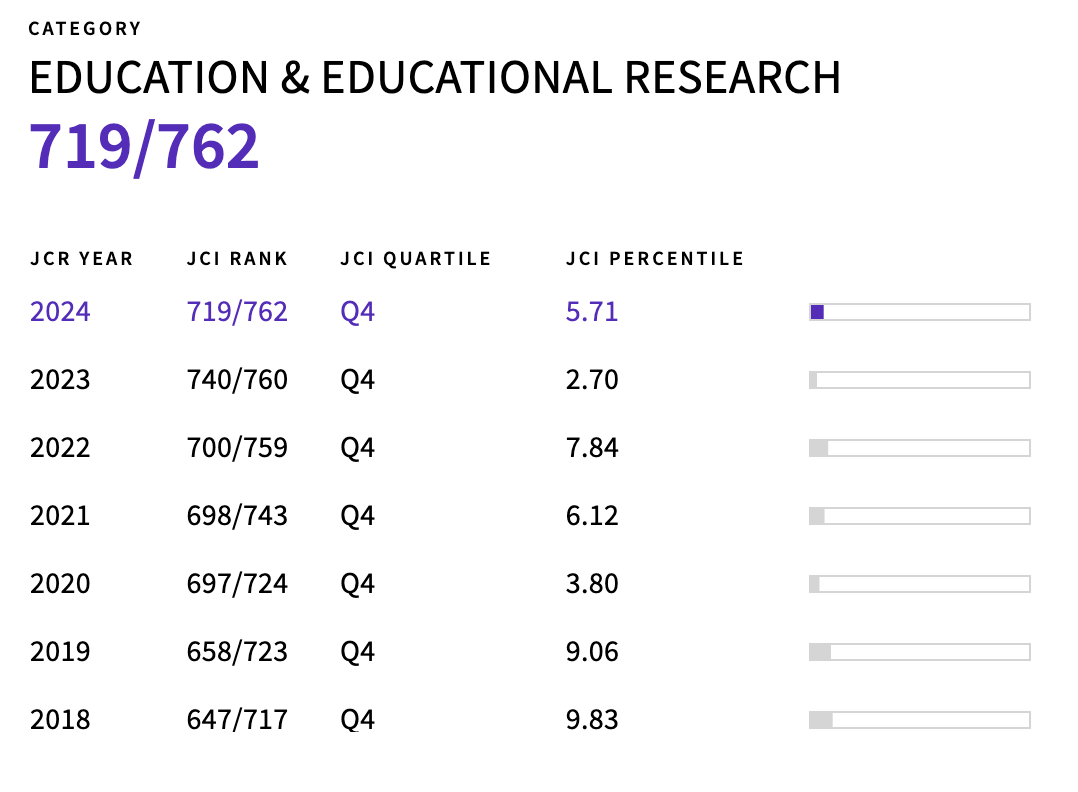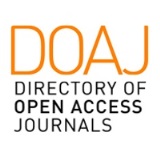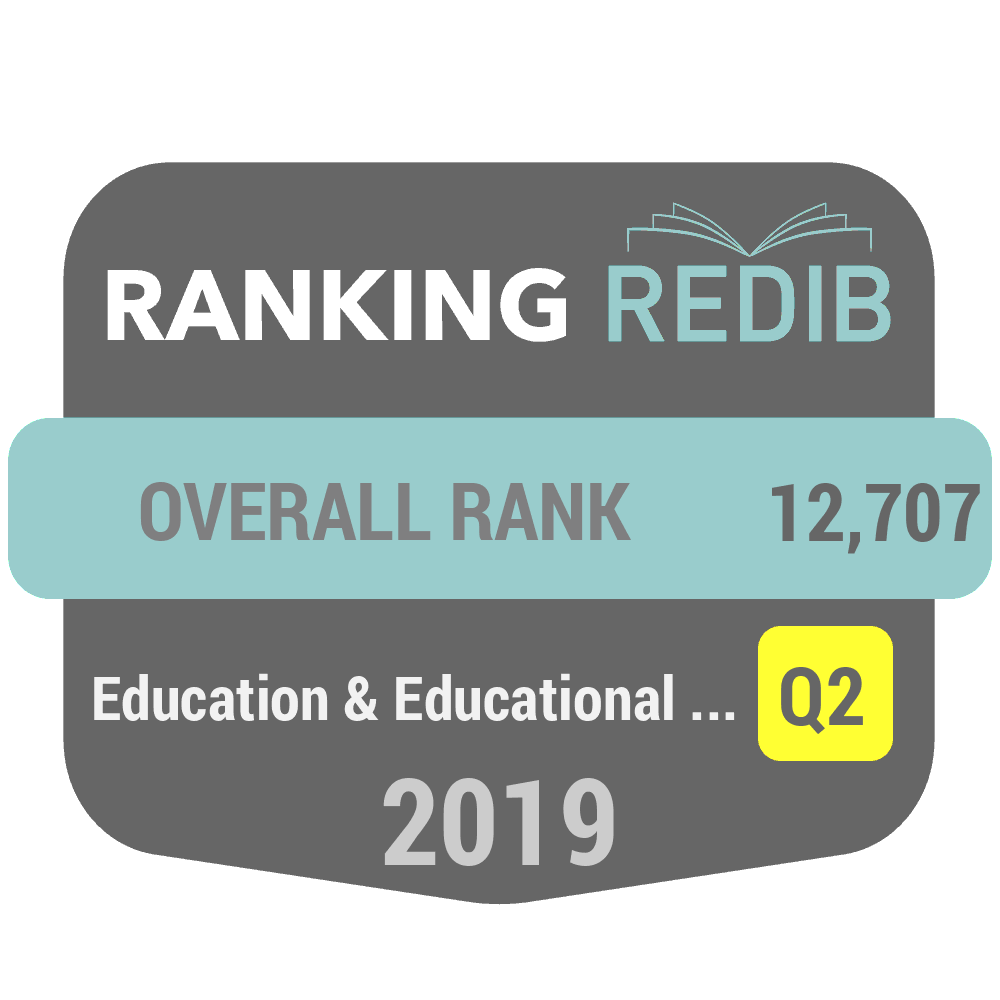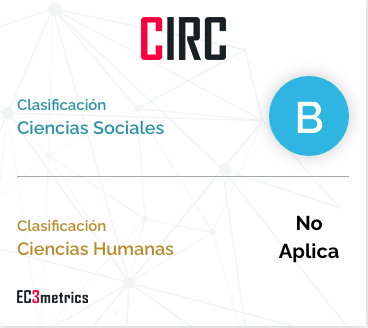Learning styles in the training of students of the Master's Degree in Mathematics in Secondary Education
DOI:
https://doi.org/10.55777/rea.v15iEspecial.4578Keywords:
Learning Styles, Teaching Styles, Secondary School, Master in Teacher TrainingAbstract
The future teachers of the Master's Degree in Teacher Training for Compulsory Secondary Education, Baccalaureate, Vocational Training and Language Teaching in the specialty of Mathematics, with professional profiles that come not only from the Degree in Mathematics, but also from other disciplines such as Computer Science, Architecture, Telecommunications, etc., have a marked tendency to be theoretical. This implies that when they interact with secondary school students, who are more active and pragmatic, conflicts will be generated in the exchange of knowledge. In this study we intend to analyze in detail the preferred style of future professionals in the discipline of Mathematics, seeing if there are significant differences in relation to gender and academic years (four consecutive years, from the academic year 2018/19 to 2021/22). For the achievement of our research we have used the well-known CHAEA test of learning styles, through the statistical treatment of the data. We have also compared the means of the different styles obtained with the students of the master's degree with previous studies and research, proving that the students of the secondary master's degree in mathematics have a marked tendency in the theoretical and reflective styles above all the proposed studies.
Downloads
References
Alonso, C. et al. (1994). Los estilos de aprendizaje: procedimientos de diagnóstico y mejora. Ediciones Mensajero.
Alonso, C., Gallego, D. y Honey, P. (2007). Los estilos de aprendizaje. Procedimientos de diagnóstico y mejora. Ediciones Mensajero (7ª edición).
Cafferty, E. (1980). An analysis of student performance based upon degree of match between the educational cognitive style of the teachers and the educational cognitive style of the students. (Tesis doctoral). University of Nebraska.
Daghan, G. y Akkoyunlu B. (2012). “An Examination trough Conjoint Analysisof the Preferences of Students Concerning Online Learning Environment According to Their Learning Styles”. International Education Studies 5(4), 112-121.
Dunn, R. y Dunn, K. (1978). Teaching students trought their individual learning styles. A practical approach. Prentice Hall.
Fearing, A. y Really, M. (2005). “Graduate “Students” Perceptions of Online Teachingand Relationship to Preferred Learning Styles”. Medsurg Nursing 14(6), 383-389.
Gallego, D. y Ongallo C. (2004). Conocimiento y gestión. Pearsons Prentice Hall,
Gallego, D. y Nevot, A. (2008). Los estilos de aprendizaje y la enseñanza de las matemáticas. Revista Complutense de Educación. 19(1). 95-112.
García Cué J. L. (2006). Los Estilos de Aprendizaje y las Tecnologías de la Información y Comunicación en la Formación del Profesorado. Tesis Doctoral. Universidad de Educación a Distancia.
Hayes, J. y Allison, C. W. (1997) Learning Styles and Training and Development in Work Settings: Lessons from Educational Research. Educational Psychology 17, nº 1-2. 185-193.
Honey, P. y Mumford, A. (ed.). (1986). Using our Learning Styles. Peter Honey.
Kagan, D. M. y Fasan, V. (1988). Stress and the Instructional Environment. College Teaching. 36, 2, 75-81.
Keefe, J. W. (1982). Assessing student learning styles. En J. W. Keefe (Ed.), Student learning styles and brain behaviour (pp. 1-18). National Association of Secondary School Principals.
Keefe, J. W. (1988). Profiling and Utilizing Learning Style. NASSP.
Kolb, D. (1976). The Learning Style Inventory: Tecnical Manual. McBer.
Lozano, A. (2000). Estilos de aprendizaje y enseñanza. Un panorama de estilística educativa. ITESM Universidad Virtual-ILCE-Trillas.
Martínez, I., Renés, P. y Martínez P. (2019). Los estilos de Aprendizaje y Enseñanza: análisis y diagnóstico en educación Superior de Centro Internacional de Estudios Superiores del Español, CIESE-Comillas, España. Revista de Estilos de Aprendizaje / Journal of Learning Styles Vol. 12 Núm. 24, 28-41. ISSN: 1988-8996.
Melaré, D. (2010). “Estilos de uso do espaço virtual: Nuevas perspectivas para os ambientes de aprendizajem online”. Learning Styles Review: 6(3), 103-127.
Muñiz, L. et al. (2016). ¿Hay un vacío en la formación inicial del profesorado de matemáticas de Secundaria en España respecto a otros países? Revista de educación, n. 372. p. 111-132.
Rodríguez, R., Zárate, J. y Rodríguez, A., (2016). La relación entre los estilos de aprendizaje y el rendimiento académico en matemáticas en alumnos de ciclo y educación secundaria. Revista de Estilos de Aprendizaje / Journal of Learning Styles Vol. 9 Núm. 18, 70-94. ISSN: 1988-8996.
Ruiz, F. J. (2011). Diseño, implementación y evaluación de ina propuesta pedagógicaa telemática para alumnos de 4º de Diversificación Curricular de Secundaria. [Tesis doctoral, Universidad Nacional de Educación a Distancia]. Repositorio Institucional de la UNED. http://e-spacio.uned.es/fez/eserv.php?pid=tesisuned:Educacion-Fjruiz&dsID=Documento.pdf
Soles C. y Moller, L. (2001).” Myers Briggs Types Preferences in Distance Learning Education”. International Journal of Educational Technology 2(2).
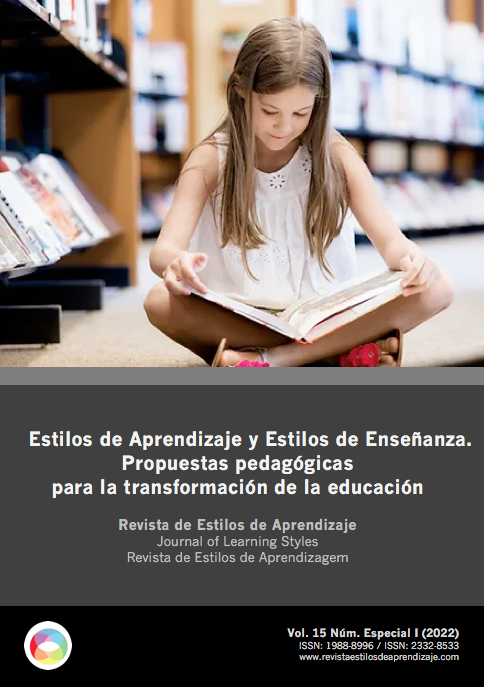
Downloads
Published
How to Cite
Issue
Section
License
By submitting the original, the author(s) declare that they are aware of and accept, in full, the privacy policy as well as the copyright of the Learning Styles Magazine.
The Learning Styles Magazine offers free and open access to its content, completely free of charge, in order to bring scientific research to its readers and society in general. All digital contents are free and open access and are published under a Creative Commons license:

Rights are granted under the Creative Commons Reconocimiento-NoComercial-SinObraDerivada 4.0 Internacional (CC-BY-NC-ND 4.0)
The Learning Styles Magazine is an open access journal. Publication of articles or reviews in the Journal does not entitle you to any remuneration. For authors as well as readers, the journal is free Creative Commons Reconocimiento-NoComercial-SinObraDerivada 4.0 Internacional (CC-BY-NC-ND 4.0).
With this licence, the reproduction and dissemination of the contents of the magazine for educational, social and knowledge transmission purposes is permitted, without any profit motive in mind, provided that the source and authorship are not modified. The licence granted to Learning Styles Magazine allows the copying and distribution of the magazine's contents, as long as the authorship of the work is recognised, correctly specifying the author and the publishing entity. The work may not be used for commercial purposes, nor may it be altered, transformed or generated from this work.
The publication of articles or reviews in the Journal does not give the right to any remuneration.
The Learning Styles Journal invites the author/authors to increase the visibility and scope of their articles published by re-disseminating them in:
- Web spaces and personal networks, as well as in scientific meetings and forums
- Open institutional archives in Universities, educational repositories and Research Centres.
- Academic and scientific networks (Researchgate, Academia.edu, Plubons, etc.)
All these spaces and publications must include all the bibliographic data of the publication.



